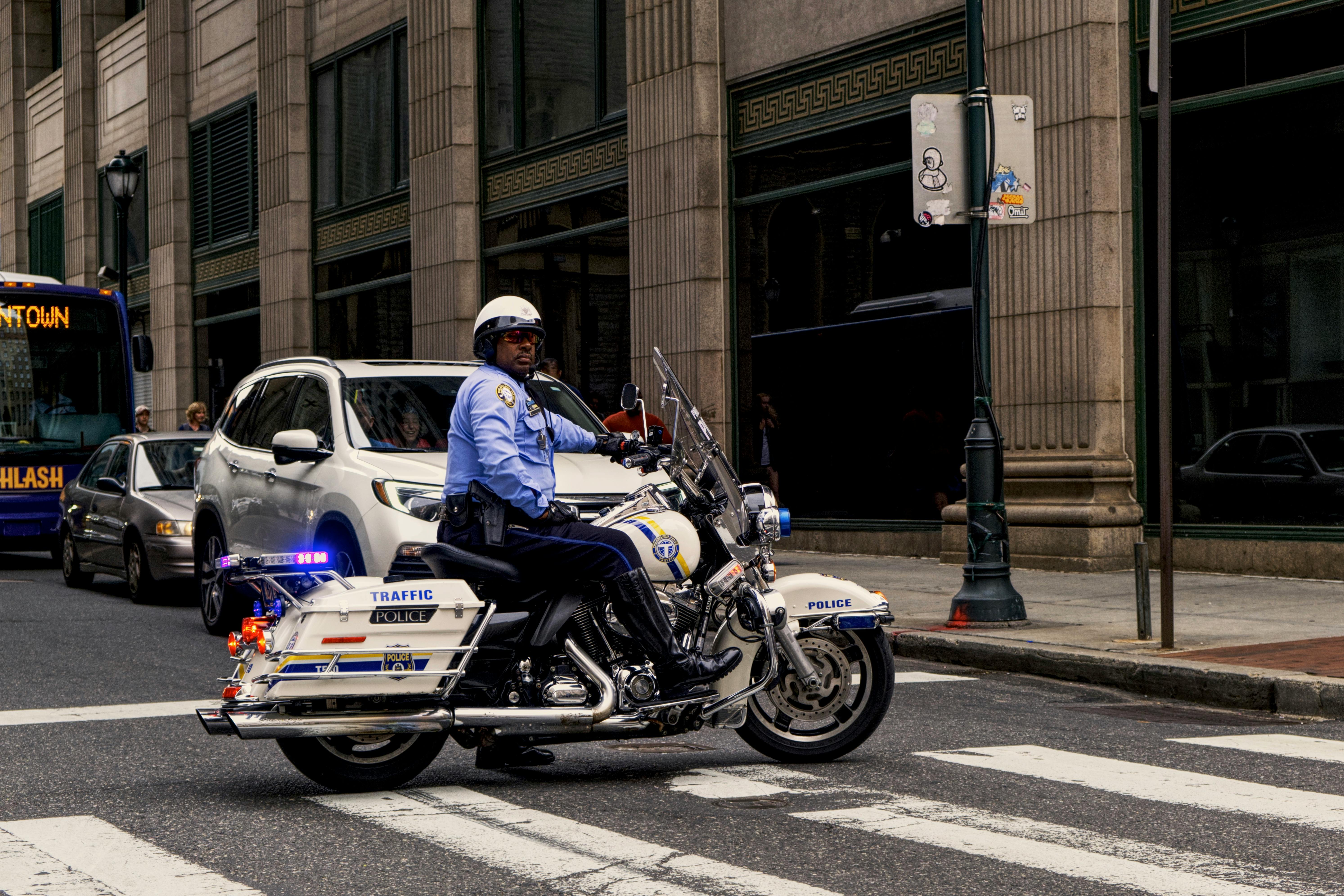Does smelling crayons lead to better creativity?
There I was watching a creative guru onstage spewing out a wealth of creativity insight, when I heard him repeat a statement I’d heard twice before. With narrowed eyes and leaning forward as if to share a secret, he said, “Studies show that the mere smell of crayon increases creativity in the human brain.” Without further explanation he went ahead with his brilliant talk, but just invited my mind to a cerebral dinner with no address or Google map e-invitation. So what happens when you smell like a box of Crayons?
I mean, should I just grind this up and vacuum up my favorite green color? For most people, when they smell crayons, as adults, there will be a brain memory of childhood. Most can relate to this, as many of us have used crayons throughout our childhood. I started to play around, in my brain apparently in need of crayons, how is this smell supposed to make us more creative as adults? Throughout my life and design career, I have studied the thought process, creative problem solving, and our brain.
“There is no question that smell is a powerful sense. The olfactory system, the apparatus responsible for our sense of smell, has a pathway in the brain closely associated with the limbic system. The limbic system contains the amygdala and hippocampus parts of the brain, which are closely associated with emotion and memory, respectively. (bbc/science)
Think of smells that might remind you of vacations or your favorite food, and it will take you there. The smell of freshly cut grass is my flux capacitor and 1.21 gigawatts later has transported me to my childhood Chicago summers. These summers are filled with lazy afternoons, no school, baseball, cookouts, and fireflies. As nostalgic memories wash over me in warm waves, my way of thinking changed. I realized that crayons could bring us back through nostalgia to a childhood thought process. So I went and bought a box, opened it for a scent. Without many specific memories, it still reminded me and made me smile. I felt free, I felt happy and I felt a change in my way of thinking. Now how does this mindset apply to my creative process?
If you give a child a problem to solve, they tend to come up with interesting and unique solutions to the problem because they don’t have a statue of limitations. A friend of mine told me that her daughter said that she wanted to create a sculpture. She supported him and let her daughter use any materials from the family art bin. When her daughter finished, she took her hand and made her mother close her eyes. When the mom got ready and opened her eyes, she was expecting some kind of Play-Doh or popsicle sticks. She opened her eyes to find an open cabinet with clear tape hanging from the coat rack, shaped into interesting balls.
Here was a girl who had no clear definition or limitations of what a sculpture is and she defined it in a unique and brilliant way. Picasso said it best: “It took me 4 years to paint like Raphael, but it took me a lifetime to paint like a child.” When I’m brainstorming, I invite people from outside the category so there’s less experience. These non-experts tend to have fresh, new ways of tackling the very problems we’re trying to solve, or innovating, because they don’t know the statute of limitations.
Part of the creative process is coming up with a solution to a problem, with obstacles like cost, lawyers, limitations, or rules. Scientists have recently spoken about how sci-fi gadgets from Star Trek have influenced their experimentation and creation of everything from the invention of digital thermometers to cell phones. The creatives of the TV show came up with the gadgets of the show without limitations and the real world scientist used those fictional dreams as a creative spark for innovation. Creatives, dreamers and artists inspire tomorrow’s technology, engineering, law, business and builders. This process is not unlike allowing an unrestrained child mindset to come up with creative solutions and then guiding that idea with unwavering optimism.
When I lead a brainstorm, I have boxes of crayons everywhere. I have everyone take a box and smell it. Watching the light bulbs go on and the nostalgia is amazing. Along with smells of nostalgia, one process I really use is a kid storm. In a kid storm, I have everyone in the group tackle the problem like a first grader. I assign the problem as a teacher would. The group can only use colored pencils and paper, and scribble with their non-dominant hand, a drawing of an idea from the depths of their inner child based on what we are generating. Ideas have a $10 trillion budget to work with, zero limits, and can even use magic. Then we review the ideas and find a way to make them happen. The ideas end up being unique, surprising, fresh and innovative.
So the next time you find yourself in the aisles of Target or Walgreens, make sure you pick up a 79-cent pack of crayons and have a sniff. Hold on tight and tell me where you end up. Just make sure you remember to bring some high-grade plutonium to go back to the future. I forgot the plutonium and I’m stuck with my son like 1982 brainwaves and to be honest I’m okay with that.
